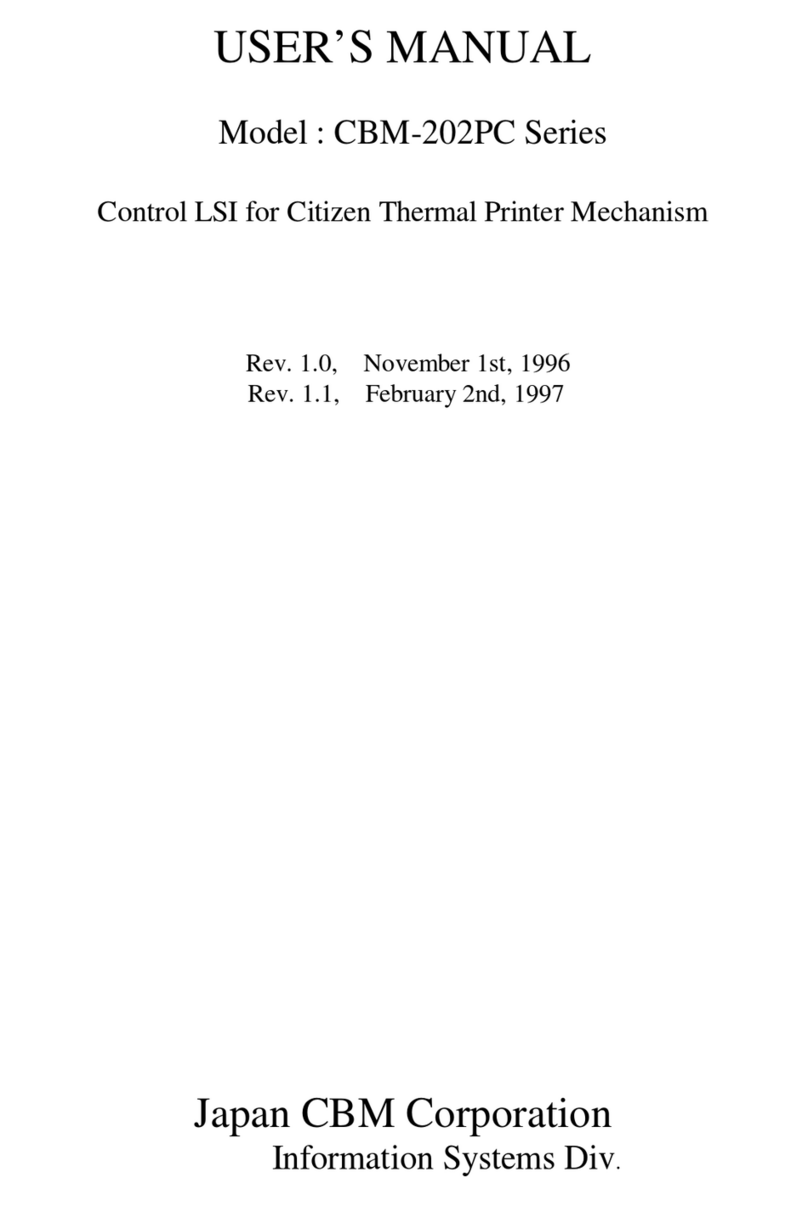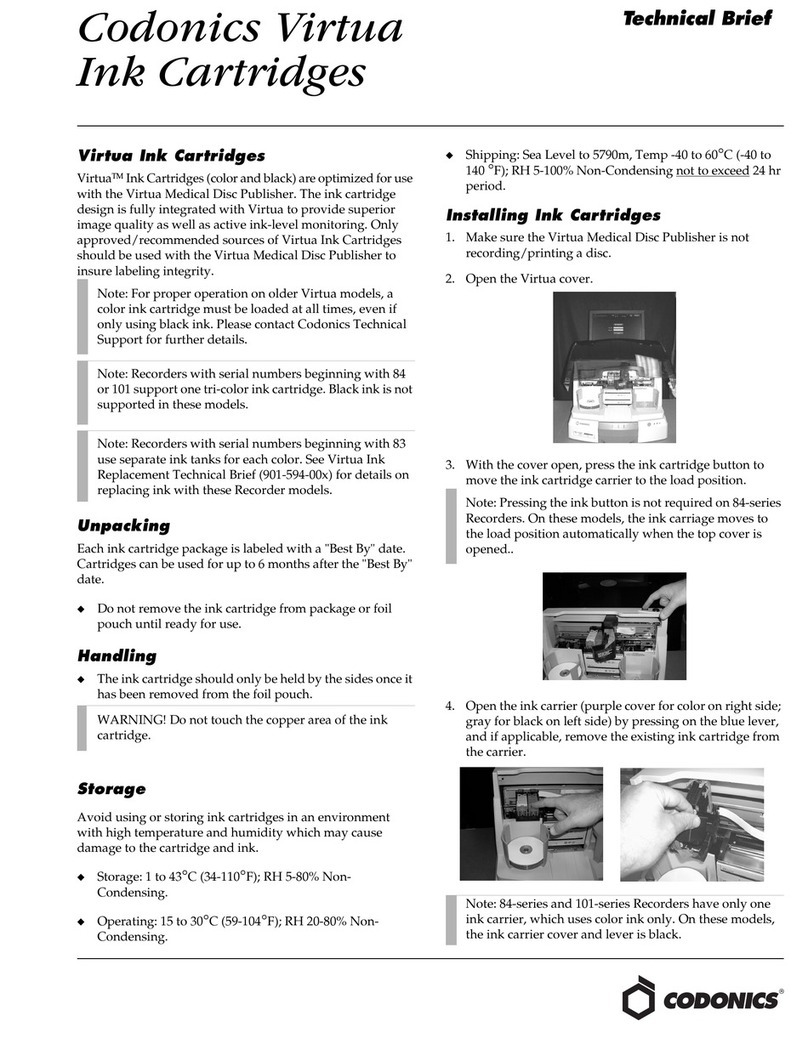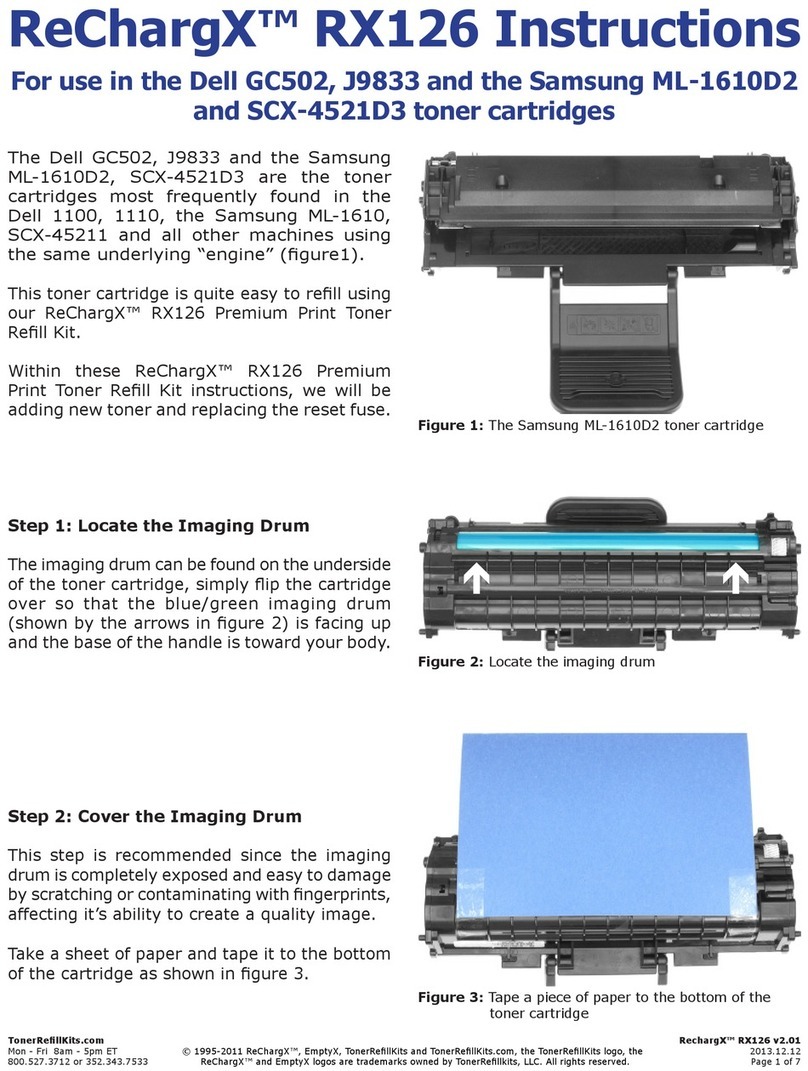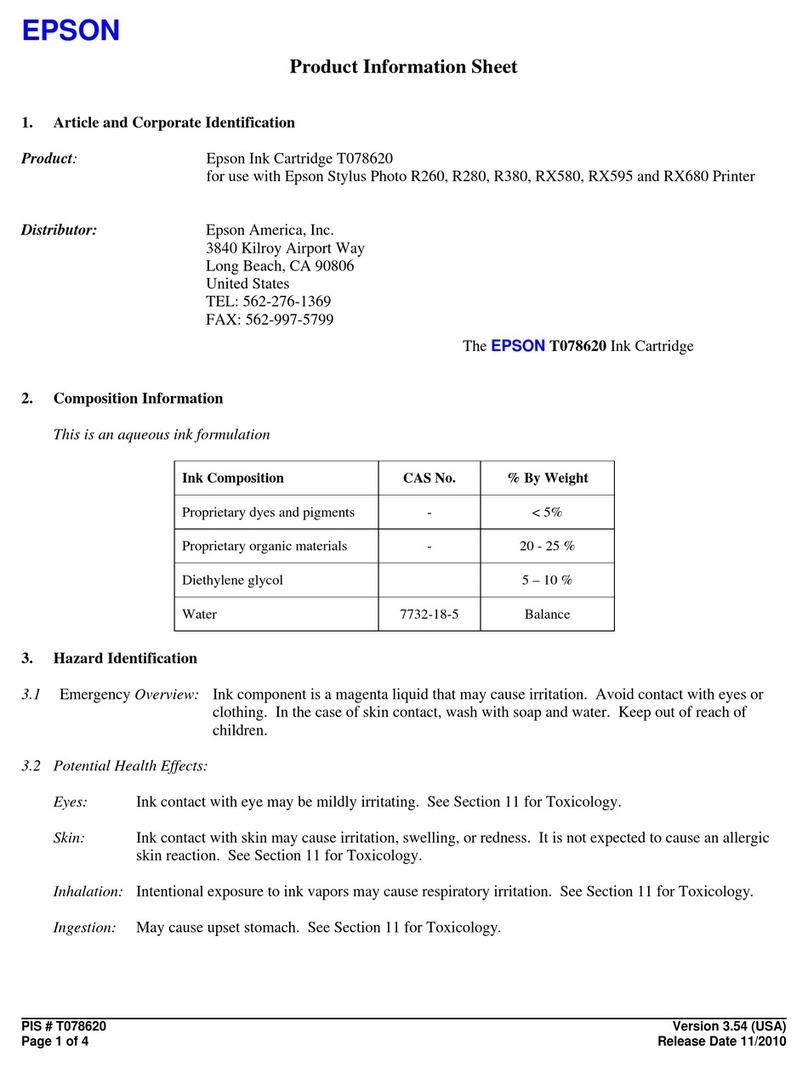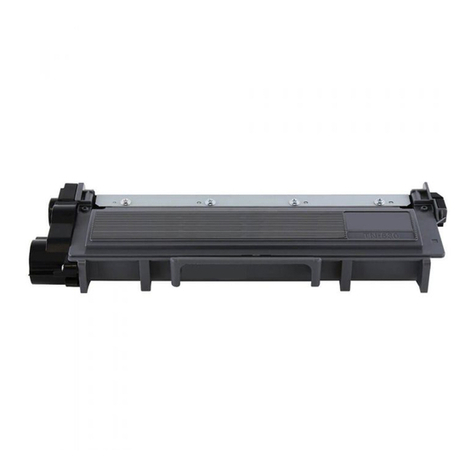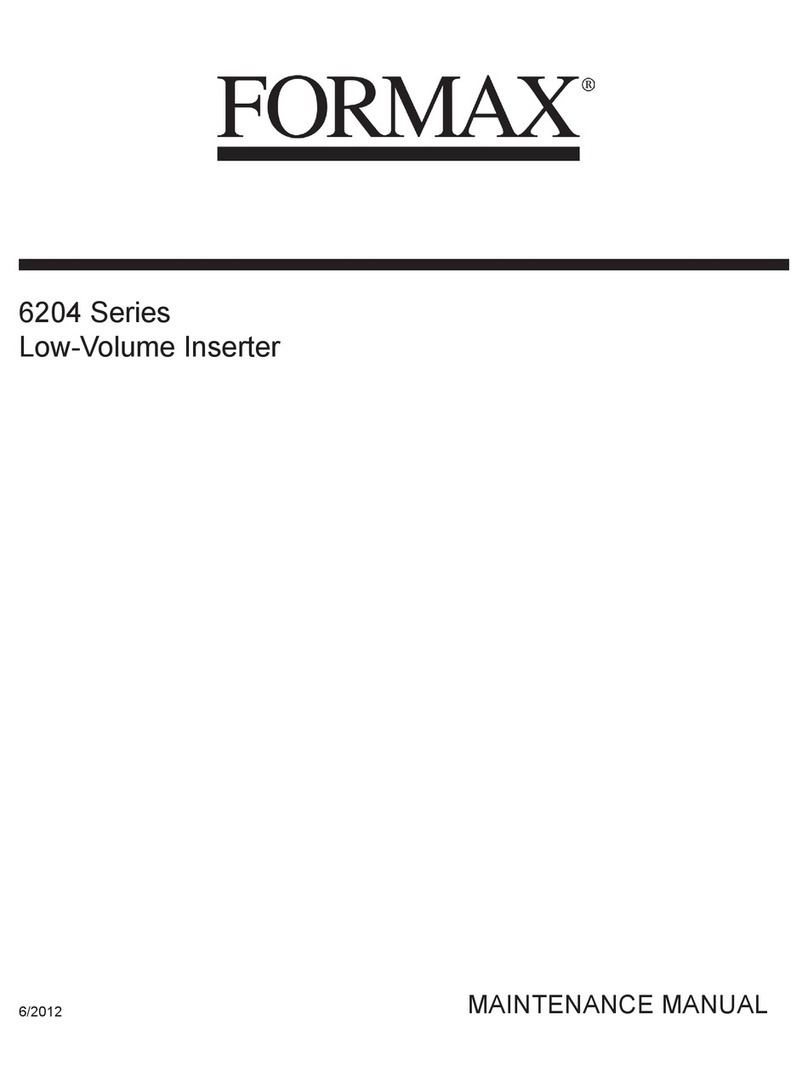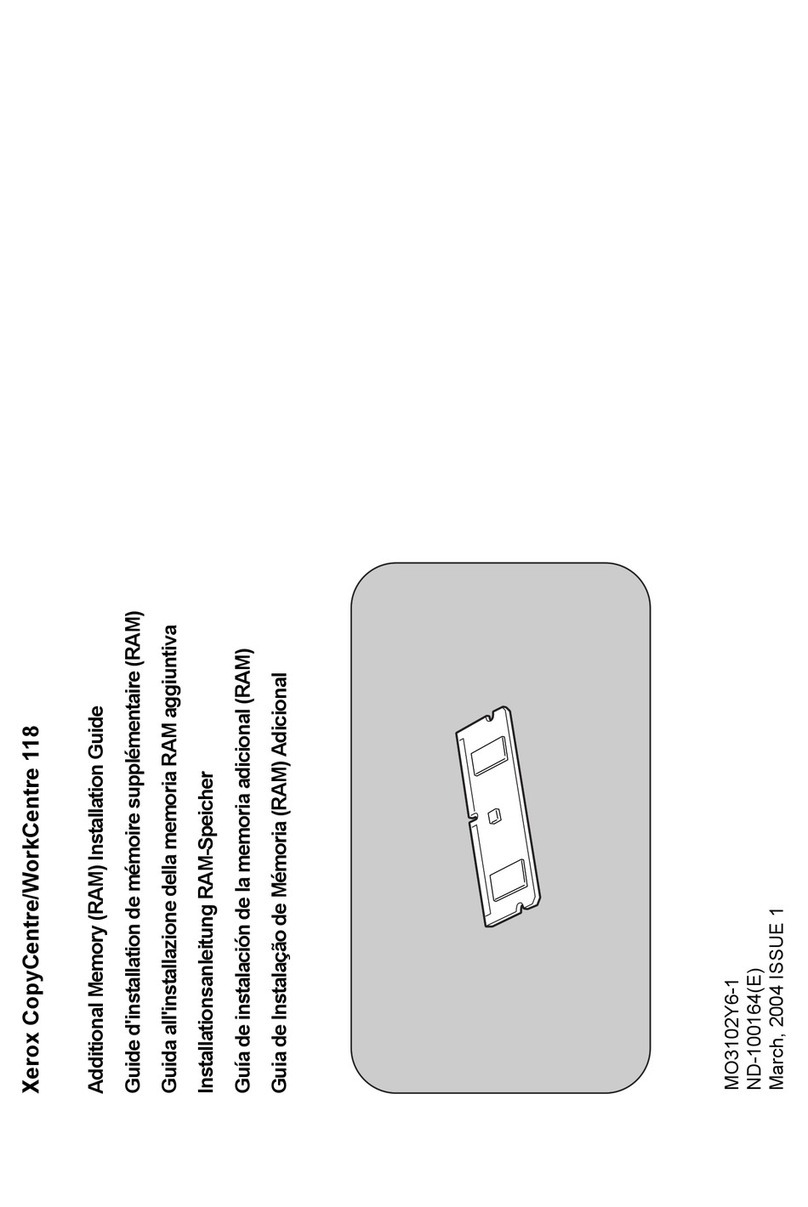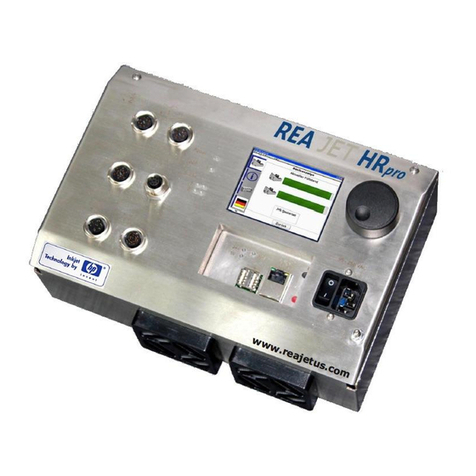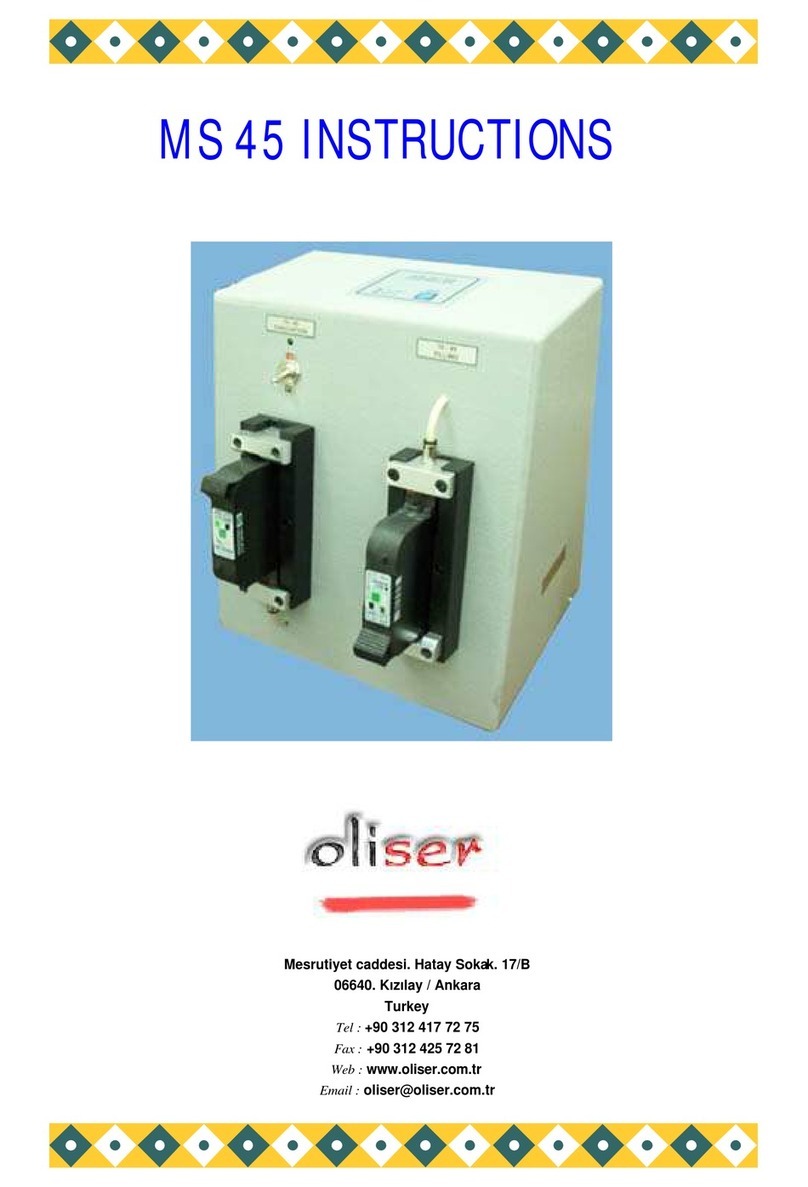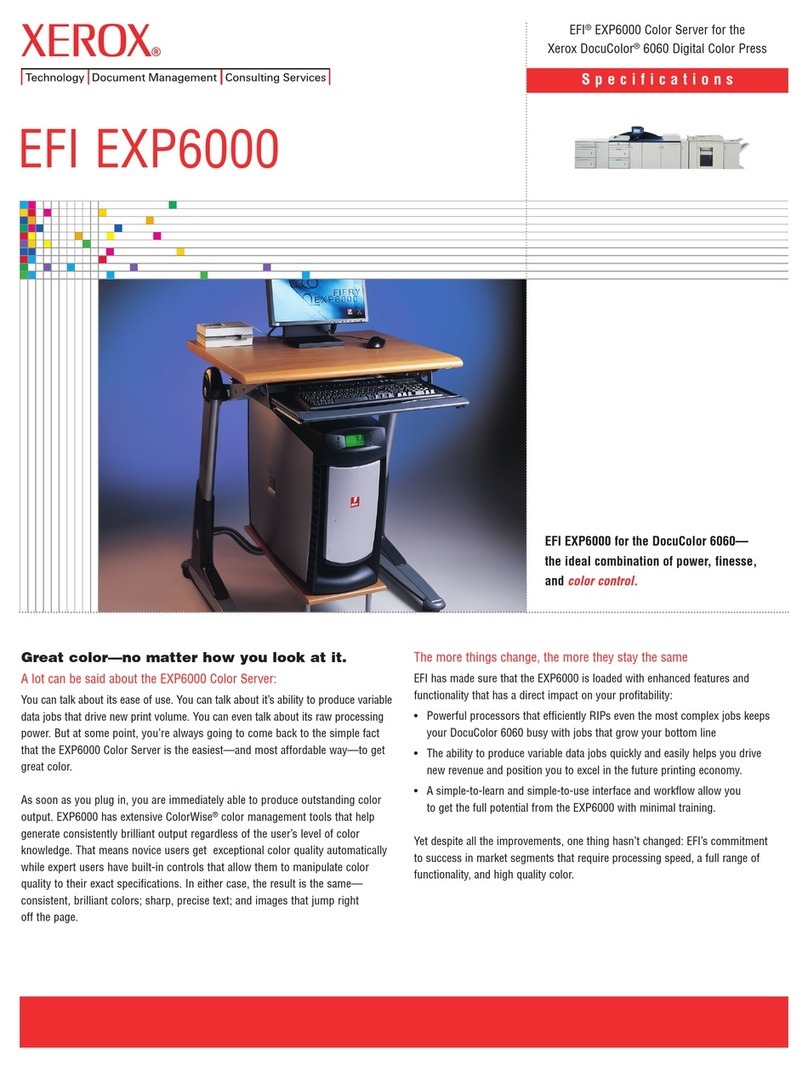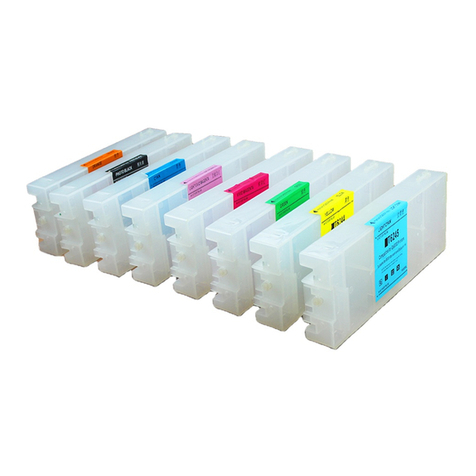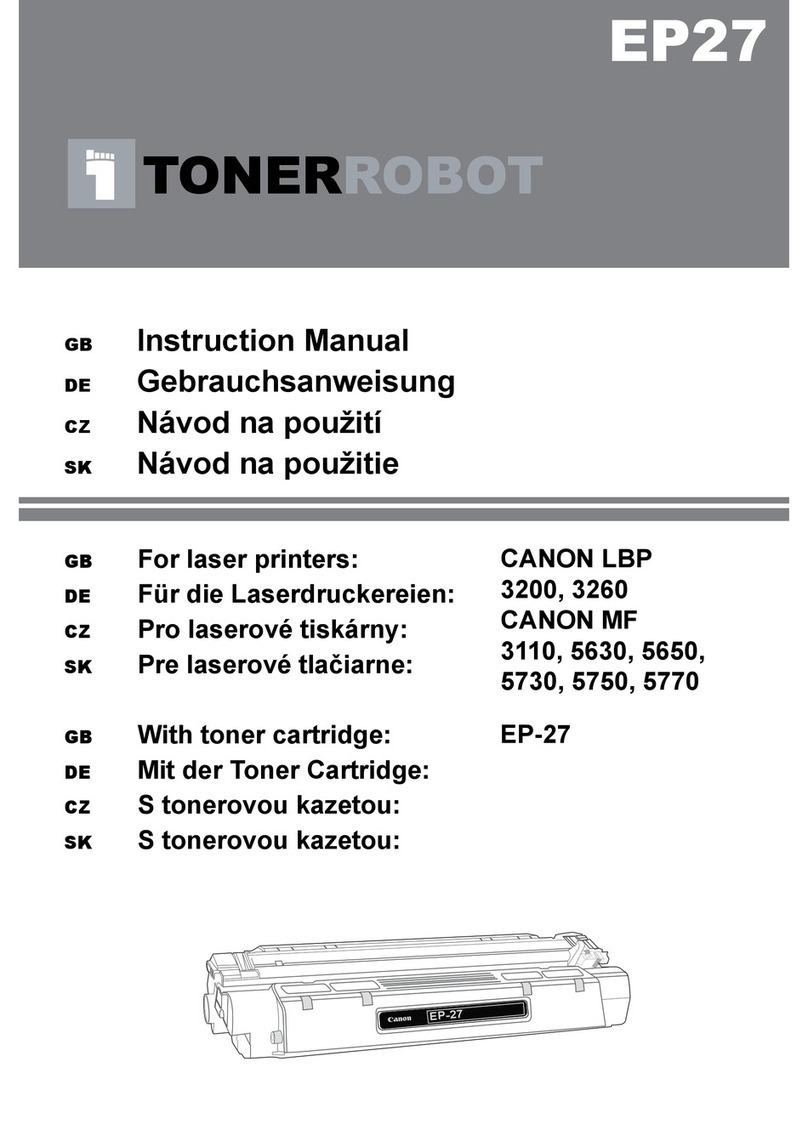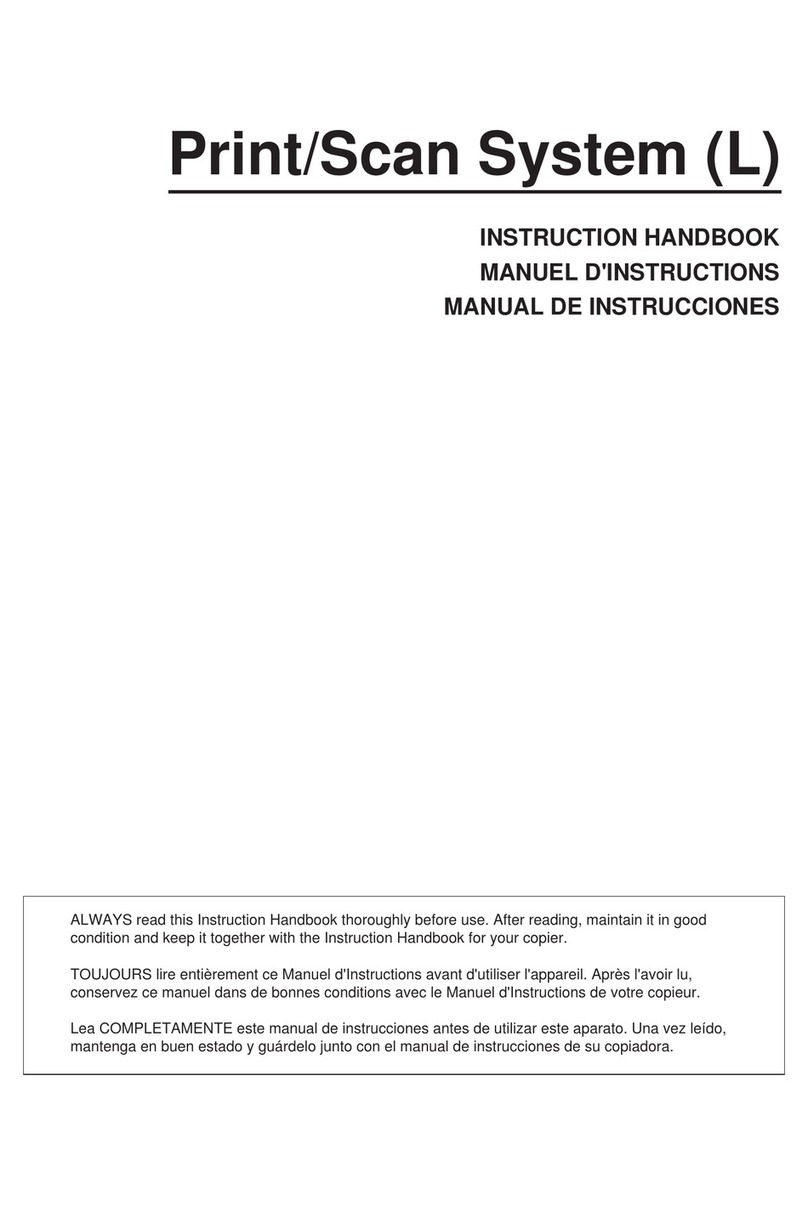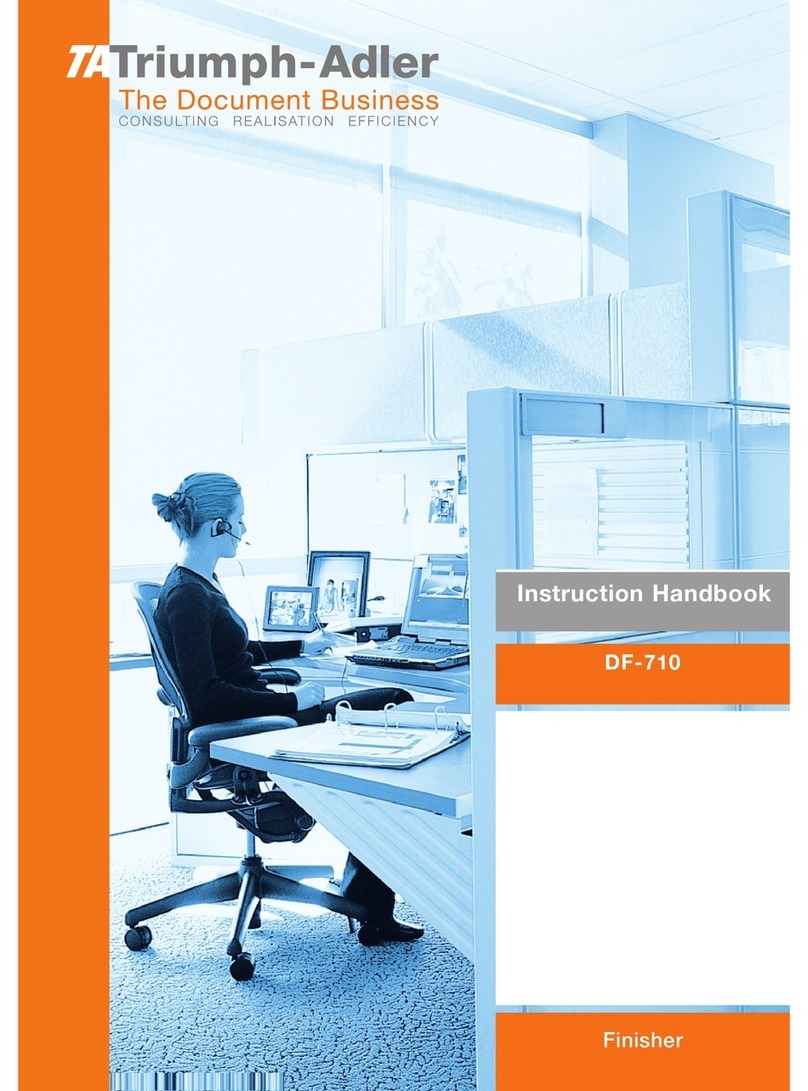Contents
CHAPTER 1 CHARACTERS AND OPERATING PRECAUTIONS ..................................................................5
1.1 Characters ...................................................................................................................................................................5
1.2 Operation precautions................................................................................................................................................6
CHAPTER 2 SPECIFICATIONS........................................................................................................................8
2.1 General specifications.................................................................................................................................................8
2.2 Heat element dimensions............................................................................................................................................9
2.3 Step motor characteristics........................................................................................................................................10
2.3.1 Step motor specification......................................................................................................................................10
2.3.2 Excitation sequence.............................................................................................................................................10
2.3.3 Accelerate time table...........................................................................................................................................11
2.4 Thermal head specifications.....................................................................................................................................12
2.4.1 General characteristics ........................................................................................................................................12
2.4.2 Maximum parameter ...........................................................................................................................................12
2.4.3 Characteristics recommended..............................................................................................................................13
2.4.4 Electrical characteristics......................................................................................................................................13
2.4.5 Timing characteristics .........................................................................................................................................15
2.4.6 Timing chart........................................................................................................................................................17
2.4.7 Equation ..............................................................................................................................................................17
2.4.8 Thermistor resistance ..........................................................................................................................................18
2.4.9 Structure figure....................................................................................................................................................19
2.4.10 Operating precautions........................................................................................................................................20
2.5 Pin assignment...........................................................................................................................................................21
2.6 Opto interrupter specification .................................................................................................................................23
CHAPTER 3 CASING DESIGN GUIDE...........................................................................................................24
3.1 Platen structure dimensions.....................................................................................................................................24
3.2 Mechanism structure dimensions ............................................................................................................................26
3.3 DEMO circuit figure.................................................................................................................................................27

